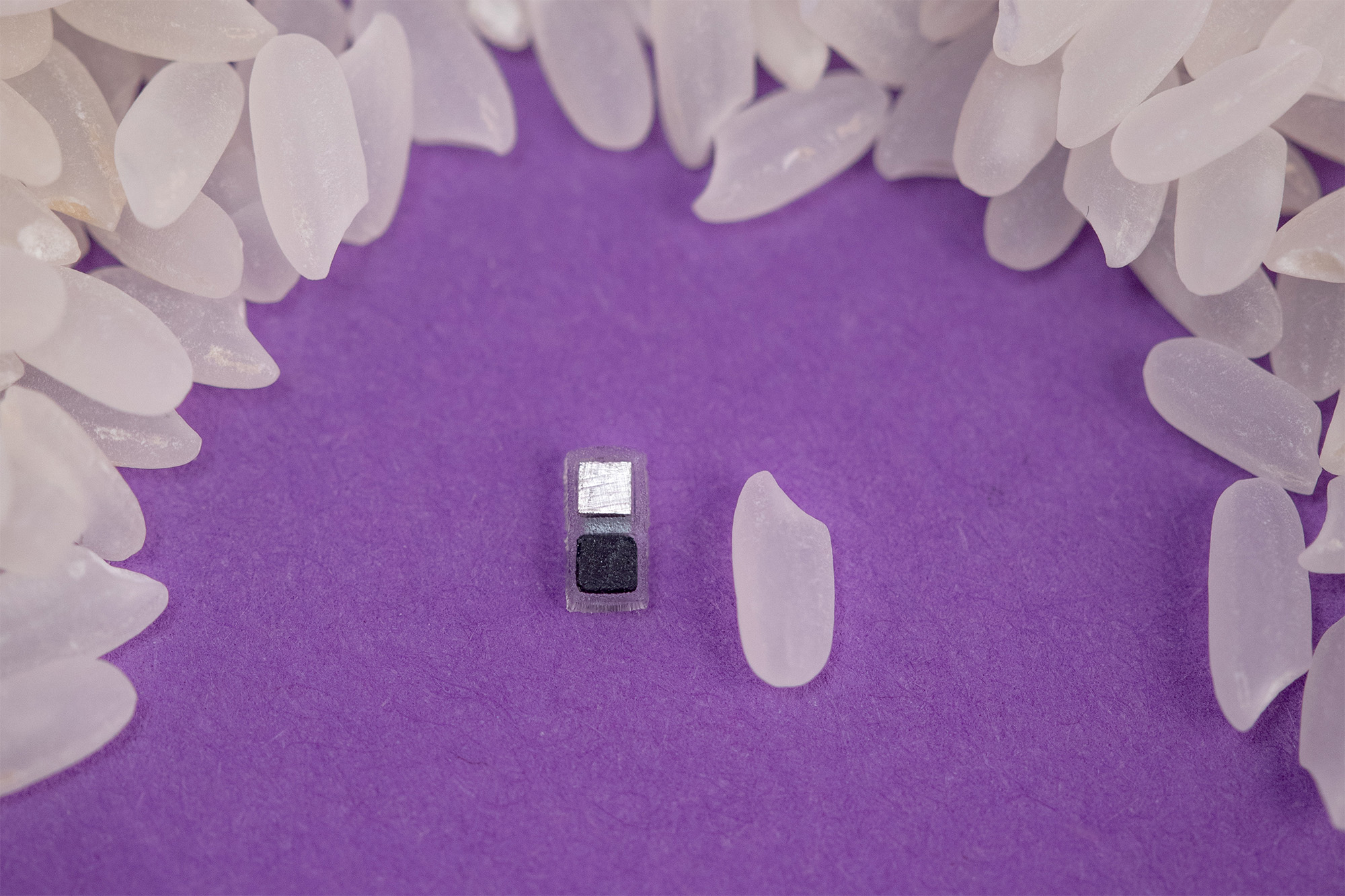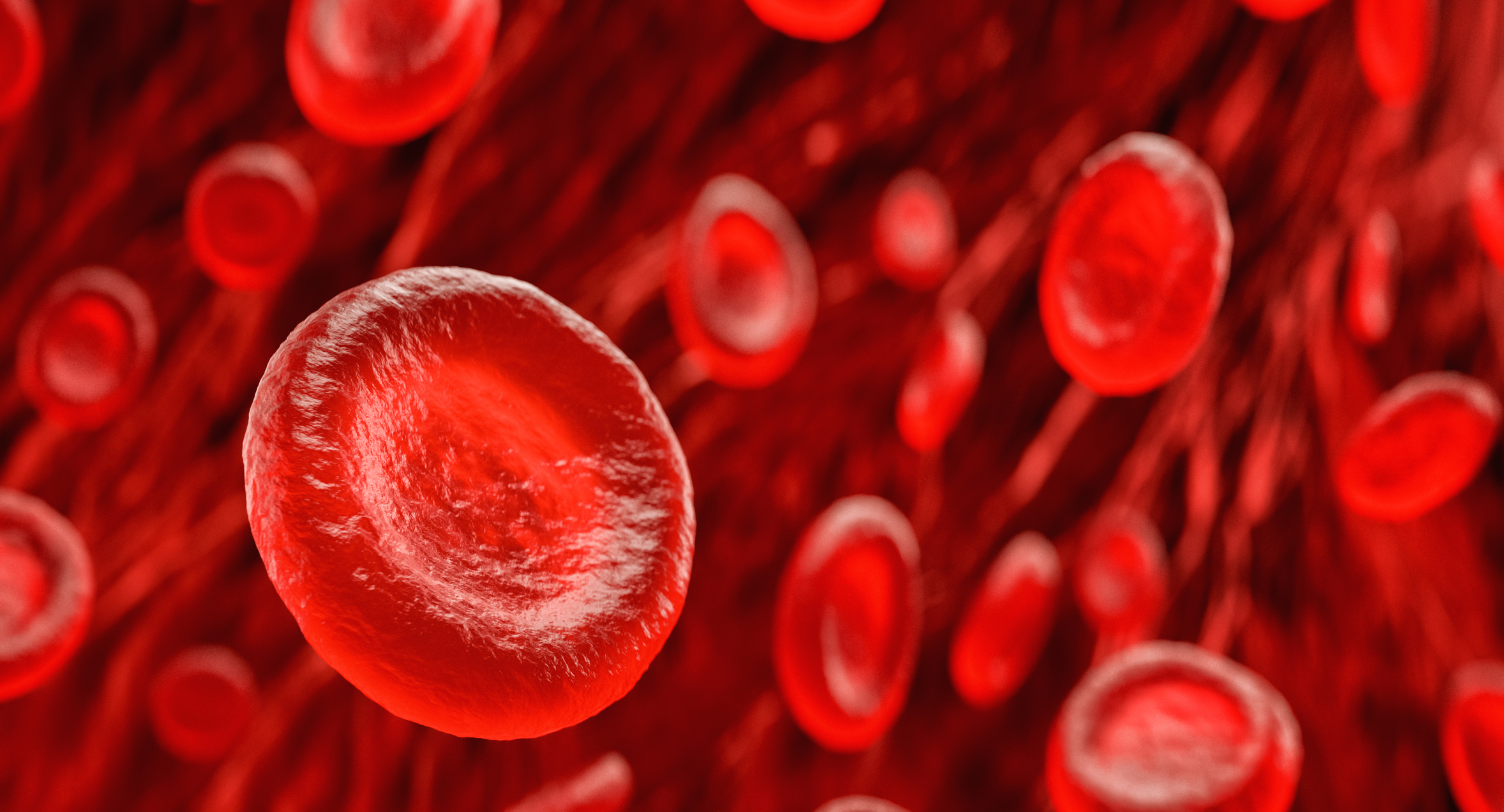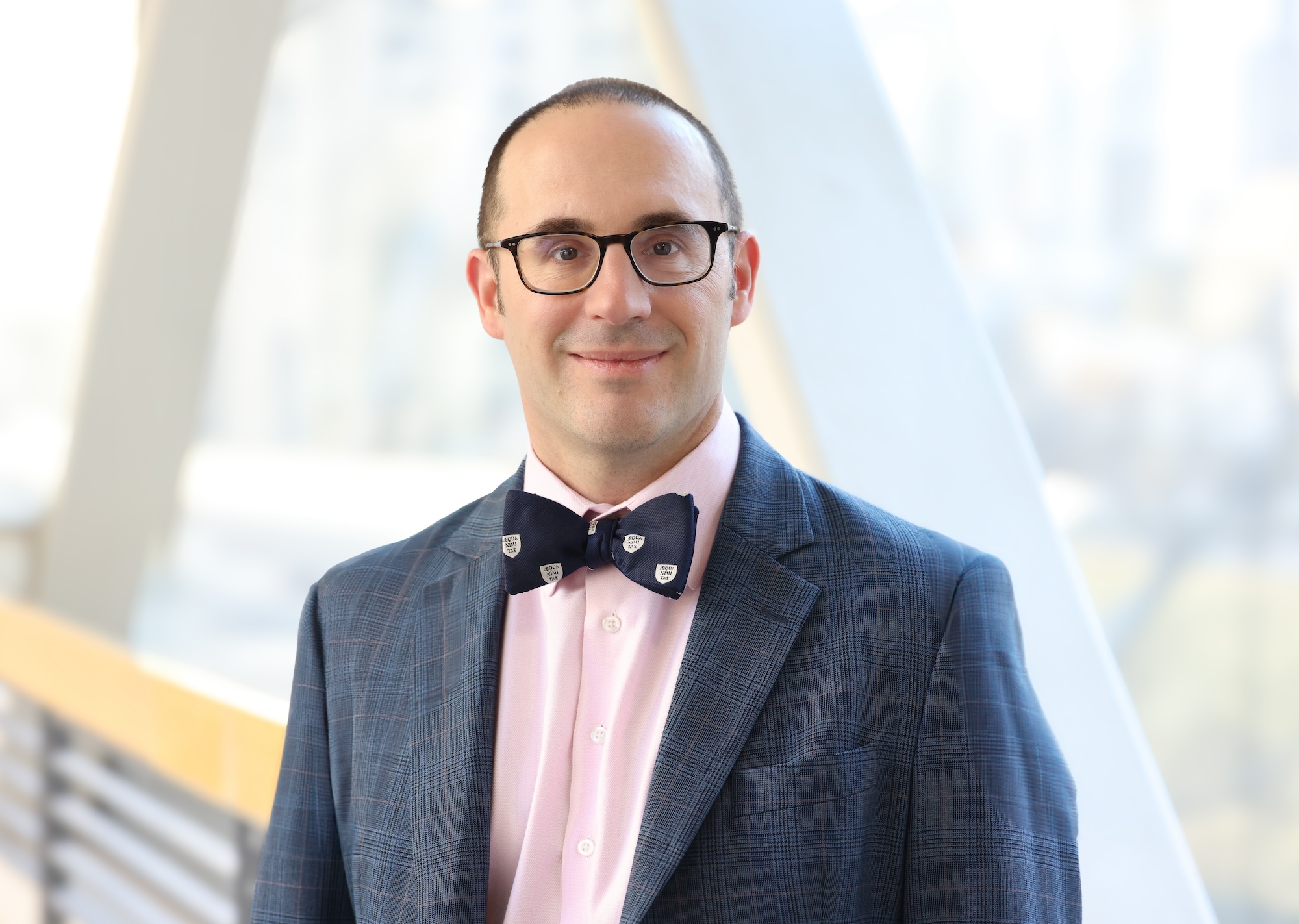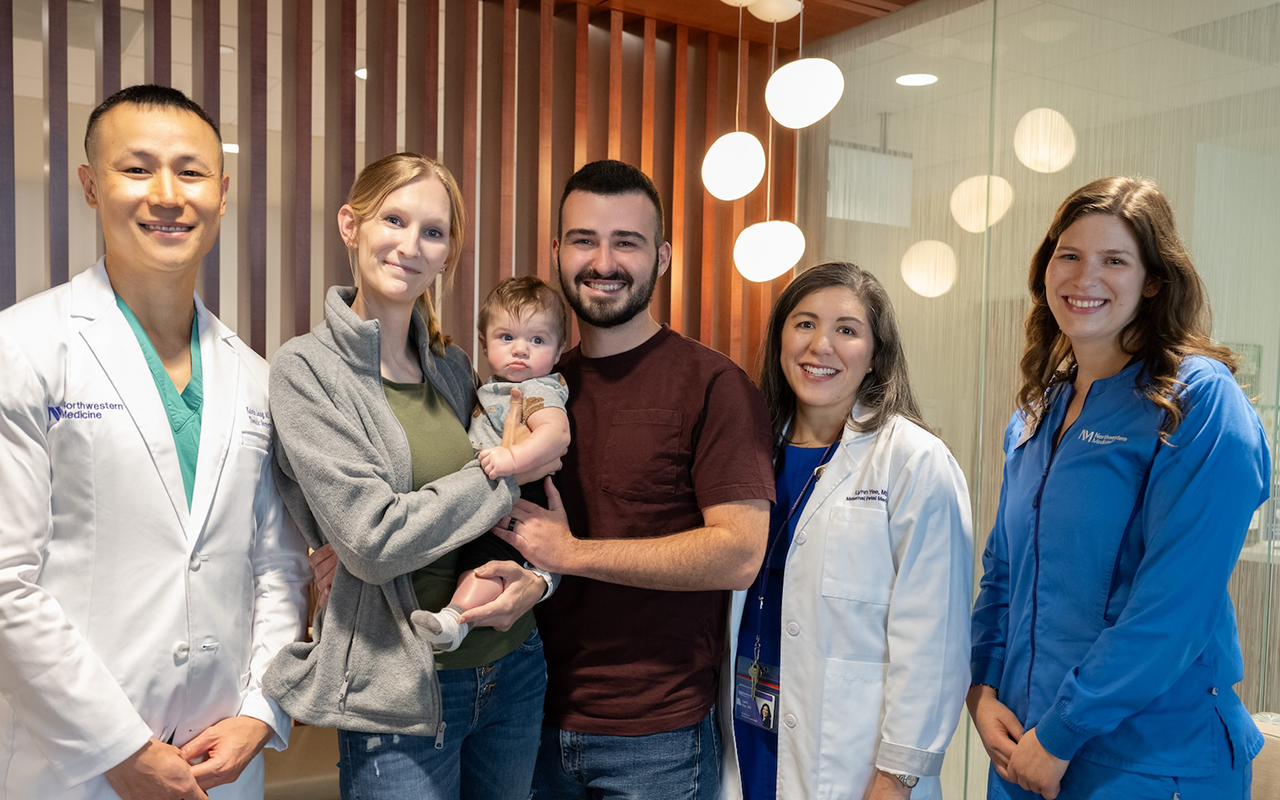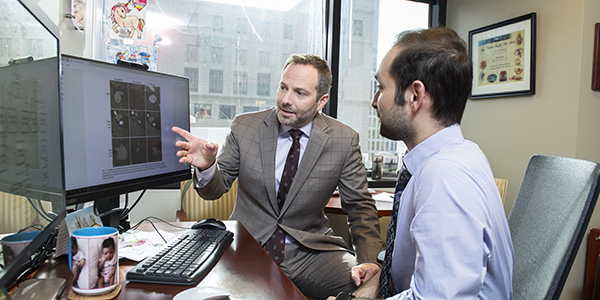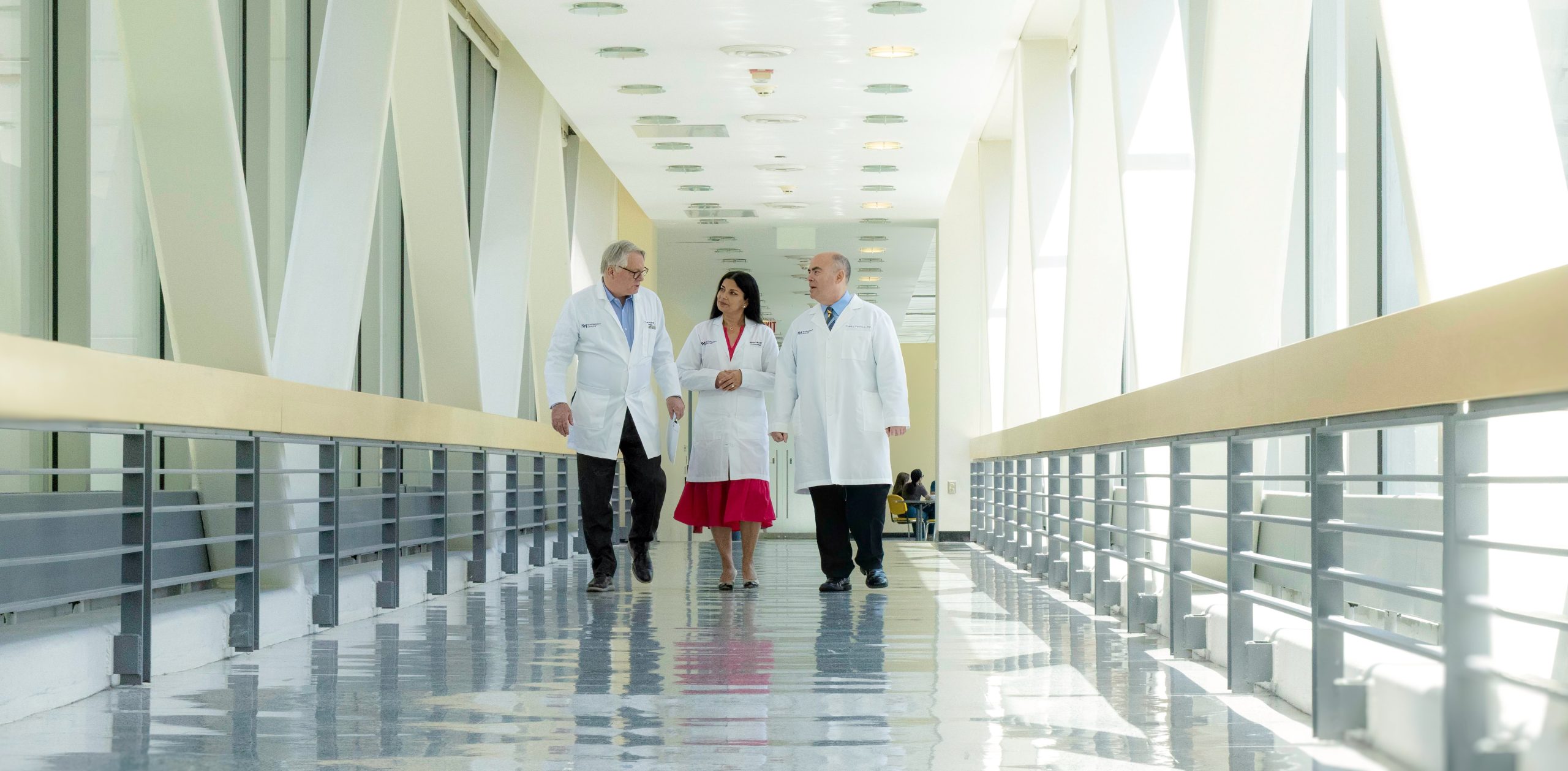Designed for Discovery
by GINA BAZER
The opening of the Simpson Querrey Biomedical Research Center ushers in a new era of accelerated scientific discovery.
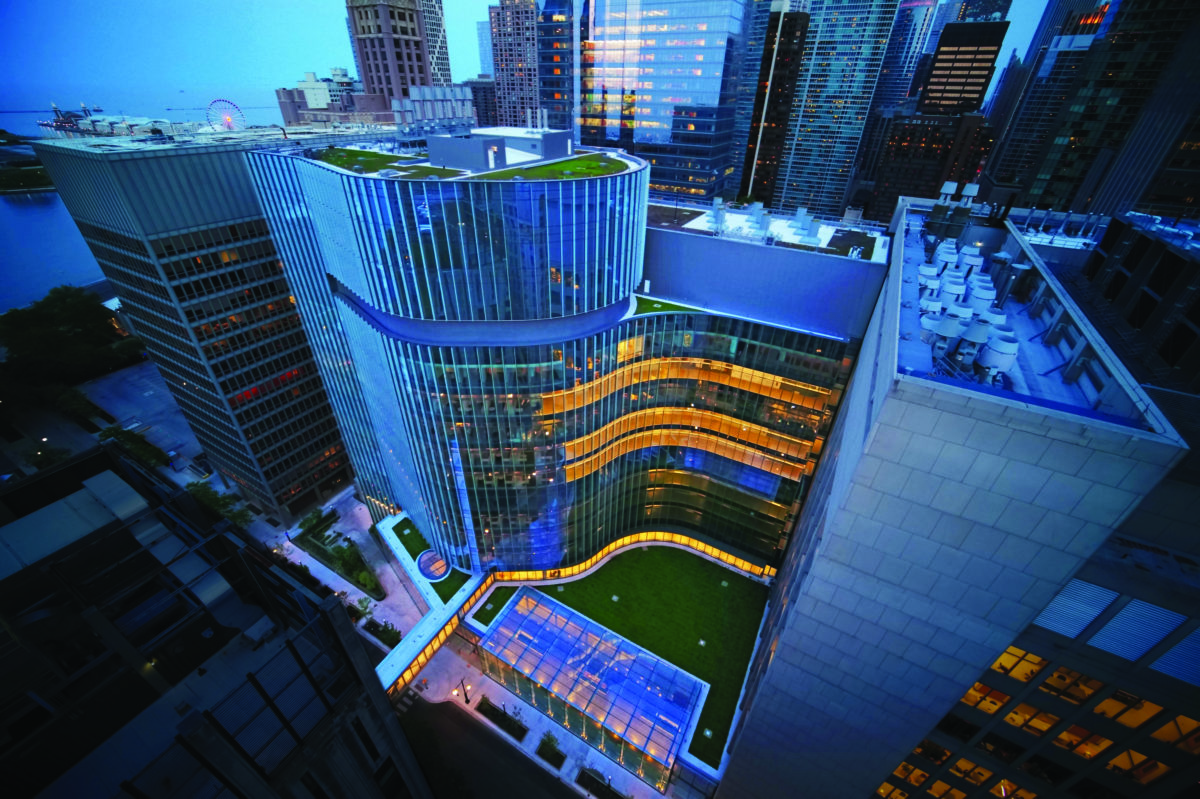
There’s a new building on campus that radiates the transformative possibilities of modern science. Walking through the 625,000 square feet of sun-drenched, open spaces that make up the Louis A. Simpson and Kimberly K. Querrey Biomedical Research Center — the largest new building solely dedicated to biomedical research at an American medical school — it is impossible not to experience a sense of awe.
This is a place for innovators. For collaborators. For world-changers.
And yet, it is also a place where the dedicated, daily work of scientific investigation is on full display. Where labs are filled with specimens and equipment, where pristine architecture quickly becomes a backdrop as investigators roll up their white-coat sleeves and zero in on humanity at the molecular level.
“Inside this modern new building, scientists are pioneering discoveries that will impact the practice of medicine and transform human health,” says Eric G. Neilson, MD, vice president for Medical Affairs and Lewis Landsberg Dean. “Here, we will accelerate the pace of lifesaving medical science, near world-class campus partners and in a global city with unrivaled opportunities for biomedical commercialization and entrepreneurship.”
Floor-by-floor connections with the University’s Robert H. Lurie Medical Research Center, as well as a skybridge to the Searle Medical Research Building, enable sensitive equipment and materials to travel long distances on campus with no exposure to Chicago’s climate.
Space for a Growing Enterprise
Officially opened on June 17, the 12-story building, designed by the Chicago architecture firm Perkins+Will, has striking curved-glass exteriors and light-filled laboratory neighborhoods. Each floor can house 23 principal investigators, along with their teams — much-needed space for the fastest-growing research enterprise among all U.S. medical schools.
Northwestern has climbed from 39th to 15th in National Institutes of Health funding since 2002 and brings in $700 million in total sponsored research funding annually. The new facility will enable Northwestern to increase that by $150 million annually or $1.5 billion in the next 10 years. It will also create 2,000 new high-paying, full-time jobs.
The building brings physicians and scientists from the Feinberg School of Medicine, McCormick School of Engineering, and Stanley Manne Children’s Research Institute together with top-ranked clinical affiliates Northwestern Memorial Hospital, Ann and Robert H. Lurie Children’s Hospital of Chicago, and Shirley Ryan AbilityLab — all in one academic medical district.

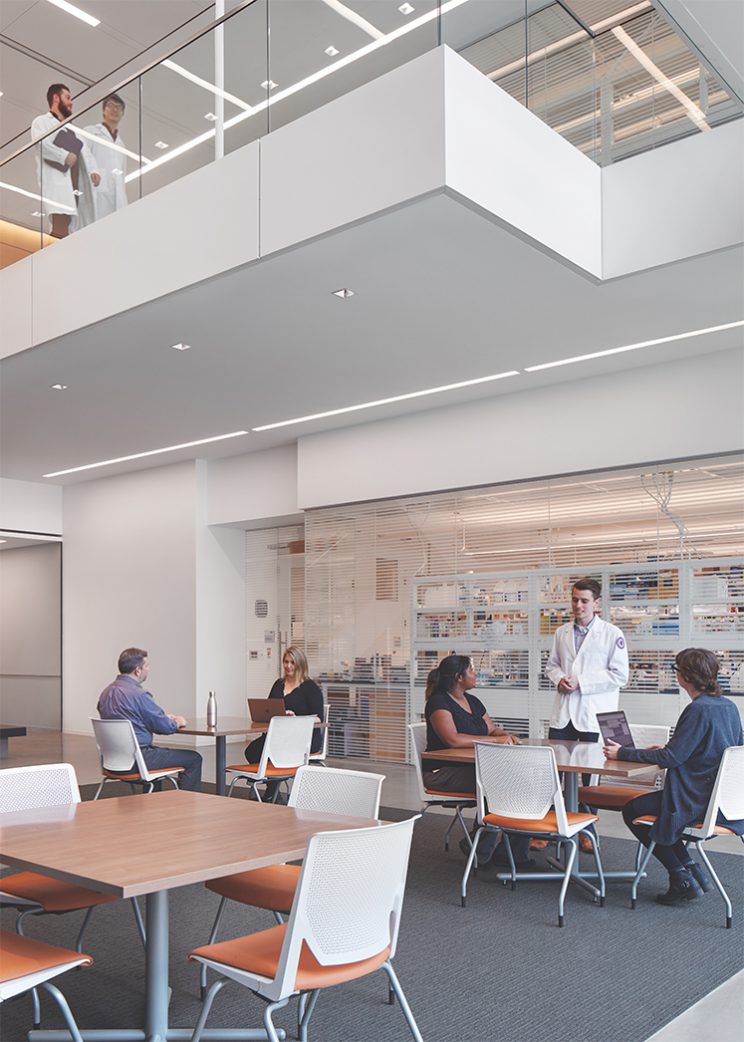
Collaborations Will Explode
Possibilities for collaboration, whether coordinated or serendipitous, abound in the new space. The lab plan on each floor was designed around the idea of flexible research neighborhoods, creating a vibrant hub for scientists. Each floor also has centralized, informal gathering areas to promote dialogue among the three lab neighborhoods.
“Collaborations will explode,” says Susan Quaggin, MD, director of the Feinberg Cardiovascular and Renal Research Institute. “Scientists will start talking about things that will lead to new directions and experiments, and bridge clinical and basic science.”
Quaggin, also chief of Nephrology and Hypertension in the Department of Medicine, is excited about new proximity to potential collaborators, such as Ali Shilatifard, PhD, director of the Simpson Querrey Center for Epigenetics and chair of Biochemistry and Molecular Genetics. For example, says Quaggin, Shilatifard’s bioinformatics team has developed single-cell RNA sequencing technology (unique to Northwestern) that will unlock a deeper understanding of how glaucoma occurs and how to best develop new drugs.
As knowledge grows, the building, too, is ready to grow. It was designed for a future expansion that can more than double its size vertically, with up to 16 new floors in the second phase of construction.
“Research groups grow based on new discoveries and new funding,” says Elizabeth McNally, MD, PhD, director of the Center for Genetic Medicine. “You want space that is open to expand and contract, to follow where the science is going. That’s what the new Simpson Querrey Biomedical Research Center gives us.”
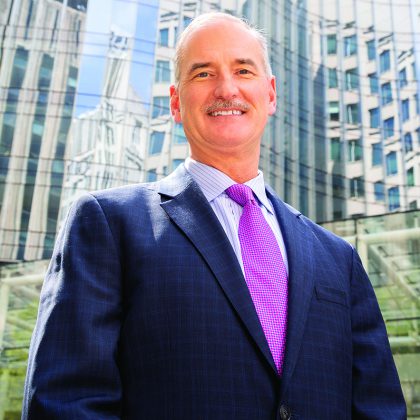
Opening Doors for Children’s Research
The opening of the new building encourages deeper connections between scientists in pediatrics and the larger Northwestern research enterprise.
The Stanley Manne Children’s Research Institute at the Ann and Robert H. Lurie Children’s will occupy four floors of the Simpson Querrey Biomedical Research Center — allowing investigators in pediatrics to share the same research space as Northwestern scientists across disciplines for the first time. The Stanley Manne Children’s Research Institute, named for retired local business executive Stanley Manne in 2014, was previously located in Lincoln Park.
“This building not only allows us to enhance our research capabilities across numerous scientific neighborhoods, but also more effectively leverage the proximity of our clinical and health service and policy research partners to identify greater translational opportunities to improve childhood health,” says Tom Shanley, MD, chair of Pediatrics at Feinberg and Lurie Children’s and president and chief research officer of the Stanley Manne Children’s Research Institute.
Opening Doors for Children’s Research
The opening of the new building encourages deeper connections between scientists in pediatrics and the larger Northwestern research enterprise.
The Stanley Manne Children’s Research Institute at the Ann and Robert H. Lurie Children’s will occupy four floors of the Simpson Querrey Biomedical Research Center — allowing investigators in pediatrics to share the same research space as Northwestern scientists across disciplines for the first time. The Stanley Manne Children’s Research Institute, named for retired local business executive Stanley Manne in 2014, was previously located in Lincoln Park.
“This building not only allows us to enhance our research capabilities across numerous scientific neighborhoods, but also more effectively leverage the proximity of our clinical and health service and policy research partners to identify greater translational opportunities to improve childhood health,” says Tom Shanley, MD, chair of Pediatrics at Feinberg and Lurie Children’s and president and chief research officer of the Stanley Manne Children’s Research Institute.
1
Largest new biomedical academic research building in the U.S.
12
Floors in new building with ability to add 16 more in future stages
23
Research groups per floor
200
Prinicipal investigators with space in the building
2,000
New full-time jobs will be created
625,000
Square feet of research space added to campus

The Namesakes
The Simpson Querrey Biomedical Research Center is named in honor of Northwestern Trustees Louis A. Simpson and Kimberly K. Querrey in recognition of their generous support that has advanced the University’s academic excellence and scientific discovery. Extraordinary supporters of the University, they are members of NU Loyal, the giving society recognizing consistent annual giving to Northwestern, with 13 consecutive years of giving.

